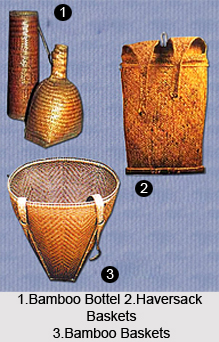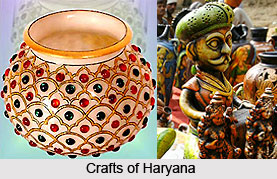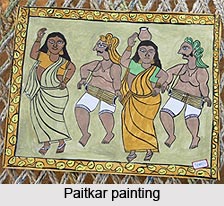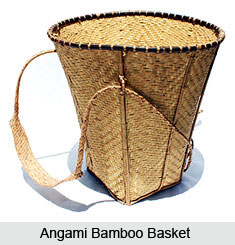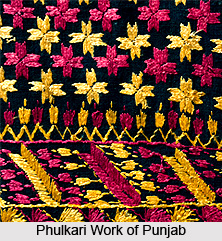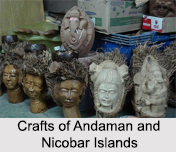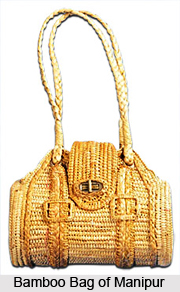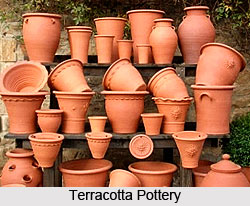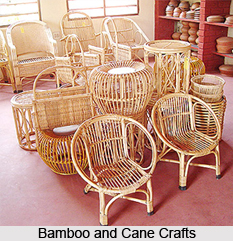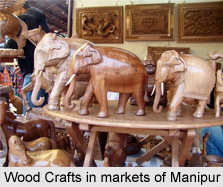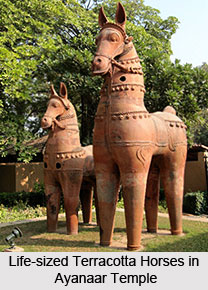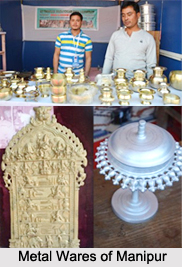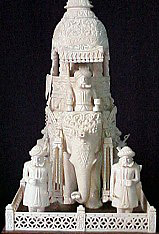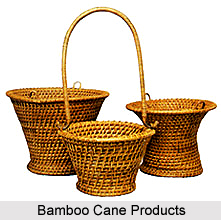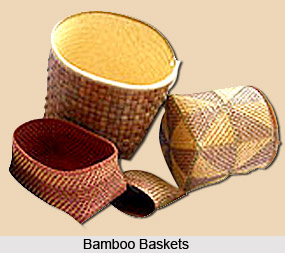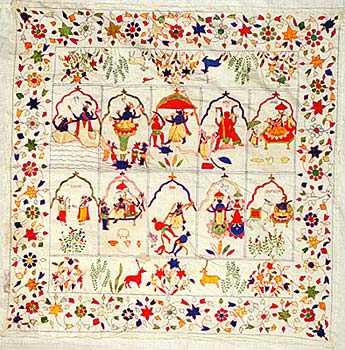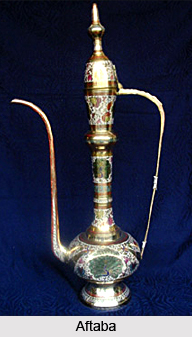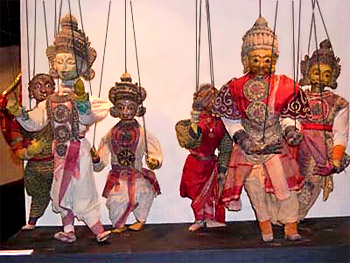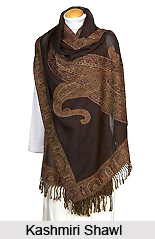 There are three fibers from which the Kashmiri shawls are made- wool, Pashmina and shahtoosh. The prices of three cannot be compared - woolen shawls being within the reach of the most modest budget, and Shahtoosh being a once-in-a-lifetime purchase.
Woolen shawls are popular because of the embroidery worked on them, which is a special to Kashmir. Both embroidery and the type of wool used causes differences in price. Wool woven in Kashmir is raffel and is 100% pure. Many kinds of embroidery are worked on shawls - `sozni` or needlework is generally done in a panel along the sides of the shawl. Motifs, usually abstract designs or stylized paisleys and flowers are worked in one or two, occasionally three colors, all subdued.
There are three fibers from which the Kashmiri shawls are made- wool, Pashmina and shahtoosh. The prices of three cannot be compared - woolen shawls being within the reach of the most modest budget, and Shahtoosh being a once-in-a-lifetime purchase.
Woolen shawls are popular because of the embroidery worked on them, which is a special to Kashmir. Both embroidery and the type of wool used causes differences in price. Wool woven in Kashmir is raffel and is 100% pure. Many kinds of embroidery are worked on shawls - `sozni` or needlework is generally done in a panel along the sides of the shawl. Motifs, usually abstract designs or stylized paisleys and flowers are worked in one or two, occasionally three colors, all subdued.
Another type of needle embroidery is popularly known as Papier Mache` work because of the design and the style in which it is executed. This is done either in broad panels or either side of the breadth of a shawl, or covering the entire surface of a stole.
Another type of embroidery is ari or hook embroidery; motifs are well-known flower design finely worked in concentric rings of chain stitch. Pashmina is unmistakable for its softness. Pashmina yarn is spun from the hair of the ibex found at 14,000 ft above the sea level, although pure pashmina is expensive, the cost is sometimes brought down by blending it with rabbit fur or with wool.
Shahtoosh, the legendary `ring shawl` is incredible for its lightness, softness and warmth. The astronomical price it commands in the market is due to the scarcity of raw material. High in the plateaux of Tibet and the eastern part of Ladakh, at an altitude of above 5,000 meters, roam Pantholops Hodgosoni or Tibetan antelope. During grazing, a few strands of the downy hair from the throat are shed and it is these, which are painstakingly collected until there are enough for a shawl. Yarn is spun either from shahtoosh alone, or with pashmina, bringing down the cost somewhat. In the case of pure shahtoosh too, there are many qualities-the yarn can be spun so skillfully as to resemble a strand of silk. Not only are shawls made from such fine yarn extremely expensive, they can only be loosely woven and are too flimsy for embroidery to be done on them. Unlike woolen or Pashmina shawls, Shahtoosh is seldom dyed-that would be rather like dyeing gold! Its natural color is mousy brown, and it is, at the most, sparsely embroidered.
